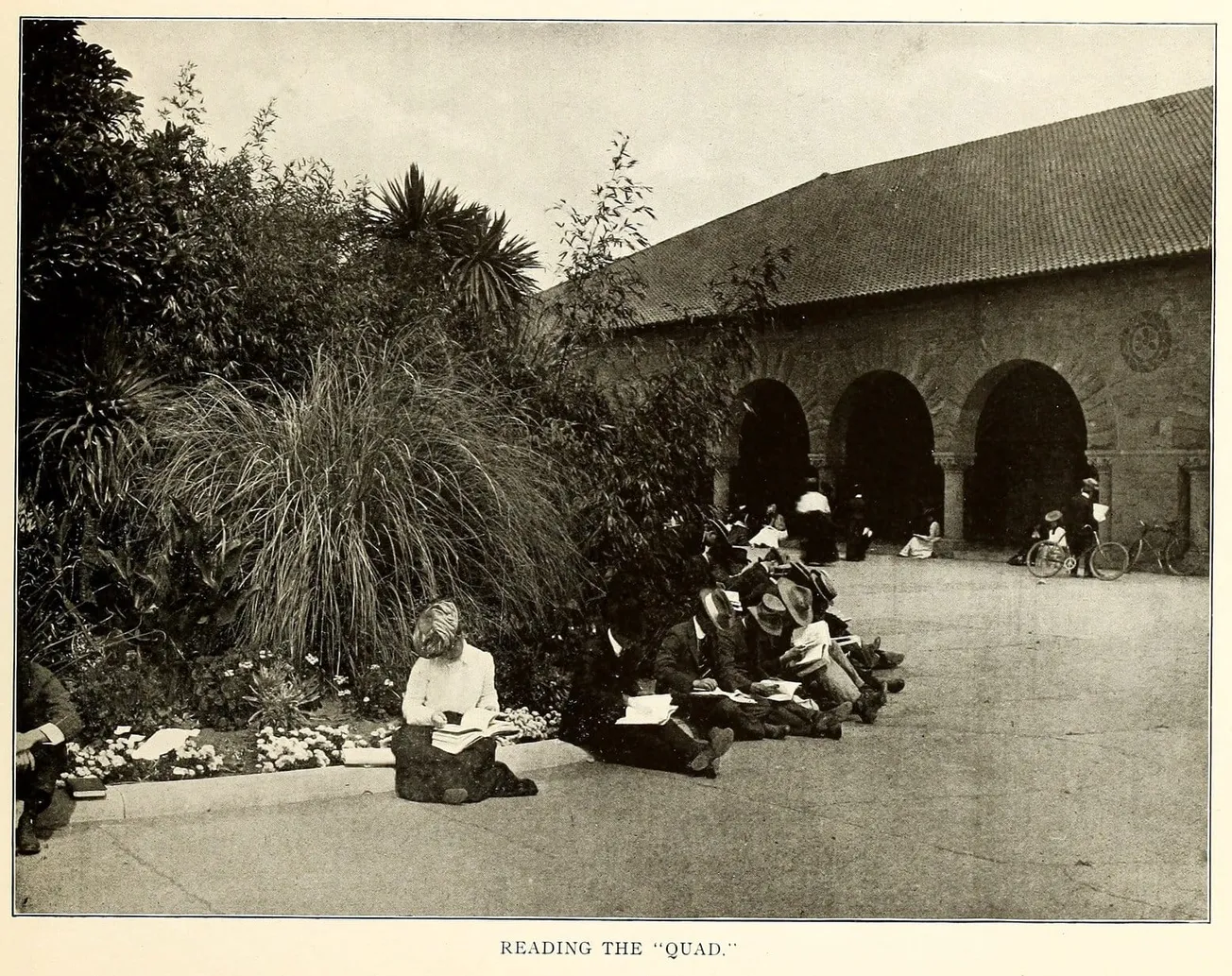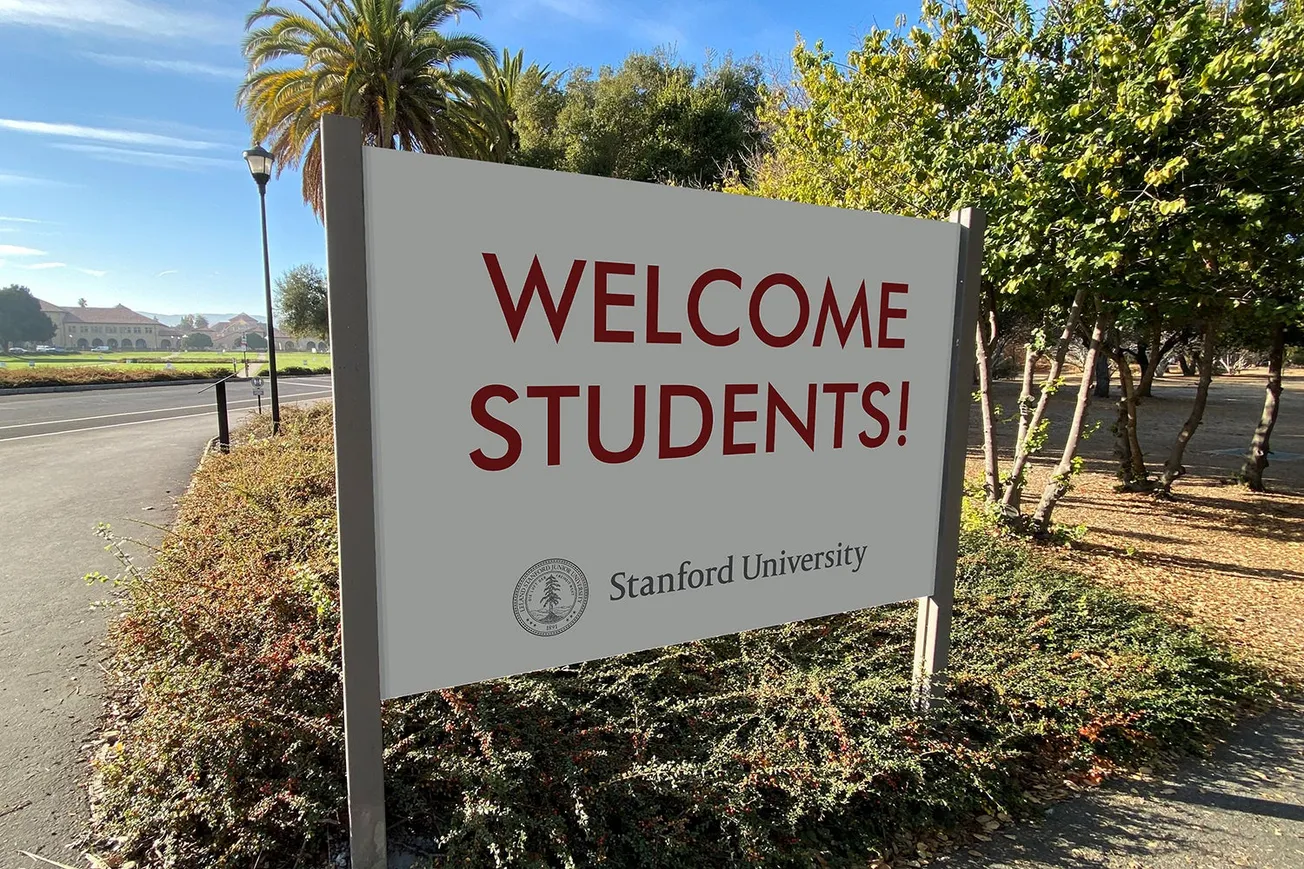Table of Contents
Between major requirements and WAYS, one’s Stanford schedule often holds little room for the intellectually satisfying and fun classes that define a collegiate academic experience. However, a host of Stanford’s best and most engaging courses can be at your fingertips with a little planning.
As in the past, the Review would like to assist by compiling a list of fall classes that might interest the discerning student. From classes we’ve taken in the past to ones we are enrolled in this quarter, we hope these courses inspire you to engage with heterodox thought and include the often enjoyable wildcard class in your schedule.
Here are our staff picks:
Humanities and Social Sciences
CLASSICS 37: Great Books
You’ll read legendary texts of Western civilization - the Iliad, Hesiod, and Plato - that you might not encounter anywhere else at Stanford. No ancient languages required! Professor Tennant does an incredible job of fostering openness, rigor, and approachability. If you’re interested in learning about our Western heritage, this class is for you, no matter your background.
- Teddy Ganea
HISTORY 269: Thinking about Capitalism
It was the most ‘helpful’ class I have taken at Stanford. Stanford students have the chance to read directly from the top theorists both for and against capitalism with premier intellectual historian Jennifer Burns. A great introduction to thinking about the economy as a complex system.
- Julia Steinberg, former Review editor-in-chief
CLASSICS 76 Global History: The World's Foundations (HISTORY 1A)
In this class, Professor Walter Scheidel covered fascinating topics such as what enables societies to build their large-scale belief systems, why people transitioned into agrarian societies, how institutions emerged, and the dynamics of the first economies of scale. Prof. Scheidel also has the rare ability to distill complex organizations into easy-to-digest blueprints, without being overly reductionist or losing crucial nuances. This class is a great way to learn what makes a great historian and how to think at different levels of abstraction about history.
- Hristo Todorov
RELIGST 56: Exploring Chinese Religions
This course, taught by Professor Kieschnick, gives students a unique understanding of Chinese culture and history through the lens of religion. Beginning in the Shang Dynasty with oracle bones, this course goes through over 3000 years of Chinese religious history. The course covers Buddhism, Confucianism, Daoism, as well as the Falun Gong, divination, Feng Shui, and ancestor worship. I am taking the class and look forward to learning more about Chinese spirituality throughout the dynasties, the Cultural Revolution, and contemporary China.
- Elsa Johnson
POLISCI 226: Superpower California
Stanford’s legacy and prestige are inseparable from its Western heritage, at the helm of California‘s ascendancy. This course explores California’s role as the world’s largest subnational economy and the technological engine of the United States. Taught by the Second Gentleman of California, Markos Kounalakis, this class is a must for any Stanford student seeking to interface with California's political and business environment.
- Dylan Rem
COMPLIT 37Q: Zionism and the Novel (JEWISHST 37Q)
Excellent course that uses literature to explore Zionism and the Middle East conflict through novels by Israeli (both Jewish and Arab), American, and European authors. The reading list includes Herzl and Philip Roth, among others. Professor Berman is an incredible professor and someone everyone should take a class with. Zionism and the Novel also fulfills the PWR-2 requirement and is a great way to improve presentation and writing skills.
- Elsa Johnson
HISTORY 210G: The Great War
From culture to political organization to technological thought, World War I was arguably humanity’s turning point. An expert in military history, Professor Vardi gives a treatment of this war unlike any other, connecting big-picture insights with the details of war. She’s a popular teacher. A few of her classes are still open at this point, so enroll while you can.
- Teddy Ganea
Math, Science, & Engineering
CS 154: Theory of Computation
I never thought that learning theoretical computation would shape my religious views, but here we are. The hard sciences are often one of the purest lenses into philosophical truth; CS 154 is a prime example. It explores the limits of logic - what is, and isn’t, rationally knowable - complete with a proof of Godel’s Incompleteness at the class’s end. While the class appropriately sticks to the math, you can draw conclusions about the nature of the translogical, and get as close to seeing God as you will in any math-based lecture. The class is practically applicable too, teaching polished proof-writing and introducing advanced techniques like zero-knowledge. As with Algorithmic Fairness, this class is intensely challenging, but Professor Reingold makes it well worth the effort.
- Teddy Ganea
CS 256: Algorithmic Fairness
Almost all disagreements - from political disputes between egalitarian left and libertarian right, to deciding which roommate gets the inner room - stem from a different sense of what’s fair. CS 256 uses the rigor of math to give a completely new perspective on fairness, formalizing definitions of fairness, investigating how to achieve them, and showing which types of fairness are fundamentally incompatible. This class is not for the faint of heart. But Professor Reingold is one of those rare brilliant lecturers who makes complex concepts seem simple, almost obvious - and he’s a sweetheart to boot.
- Teddy Ganea
MATH 110: Number Theory for Cryptography
This was my first 100-level math class, and it served as a great introduction to proof writing. The beginning of the class dealt with the field of Number Theory, one of the oldest and purest branches of mathematics, which illustrated well that easily understanding a problem does not translate to solving it easily (see Fermat's Last Theorem if interested). The second part of the class was an introduction to cryptography, which is a very applied area of mathematics and one of the most important technological problems nowadays. So if you want a taste of pure math, while seeing a crucial real-world application of it, and you do not have a lot of proof writing experience, this class is the perfect choice for you.
- Hristo Todorov
Economics & Business
BUSGEN 113: Are U.S. Treasuries Safe or Risky? Government Debt in the U.S. and Other Mature Economies
The most important political question of our time is the government deficit. Whether the debt is a burden too great to bear or a blip that will be solved by technological progress, this issue is a microcosm of the broader economy. In studying it, you may discover which school of economic thought you have a preference for: Keynesian, Neoclassical, or even Stanford’s very own Fiscal Theory of the Price Level.
- Garret Molloy
ECON 149D: Directed Reading
Directed readings offer an unparalleled opportunity to get to know a Professor of your choice, one-on-one. These sorts of scholarly and personal relationships can lead to joint research endeavors, a mentor, or even a newfound academic passion. All Stanford students should take at least one Directed Reading during their time on campus.
- Garret Molloy





